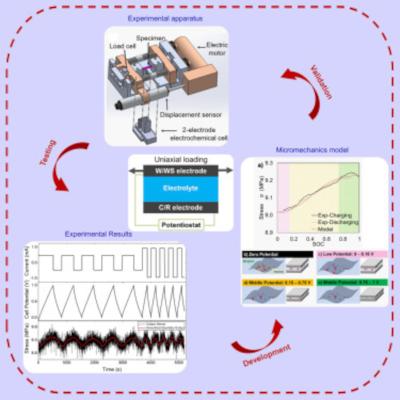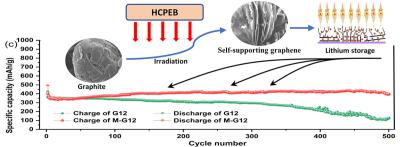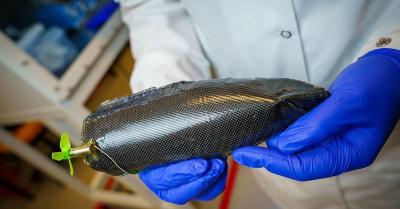Researchers elucidate the explanation for the formation of a quasi-perfect 1D moiré pattern in twisted bilayer graphene
Researchers at Spain's IMDEA Nanoscience, Donostia International Physics Center, Ikerbasque and Poland's University of Opole have developed an analytical method to explain the formation of a quasi-perfect 1D moiré pattern in twisted bilayer graphene. The pattern, naturally occurring in piled 2D materials when a strain force is applied, represents a set of channels for electrons.
The team studied the effects of strain in moiré systems composed of honeycomb lattices. The scientists elucidated the formation of almost perfect one-dimensional moiré patterns in twisted bilayer systems. The formation of such patterns is a consequence of an interplay between twist and strain which gives rise to a collapse of the reciprocal space unit cell. As a criterion for such collapse, they found a simple relation between the two quantities and the material specific Poisson ratio. The induced one-dimensional behavior is characterized by two, usually incommensurate, periodicities.



